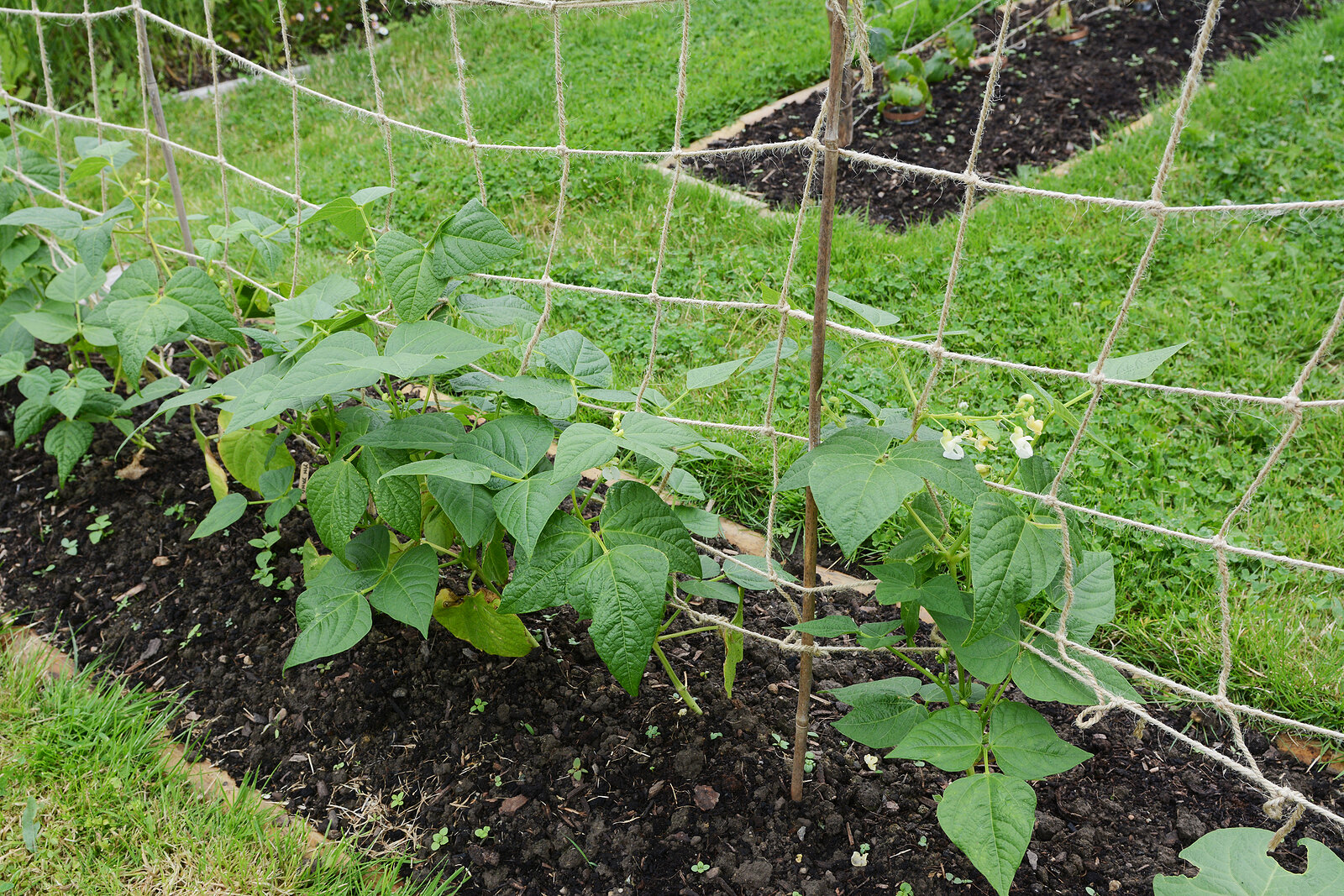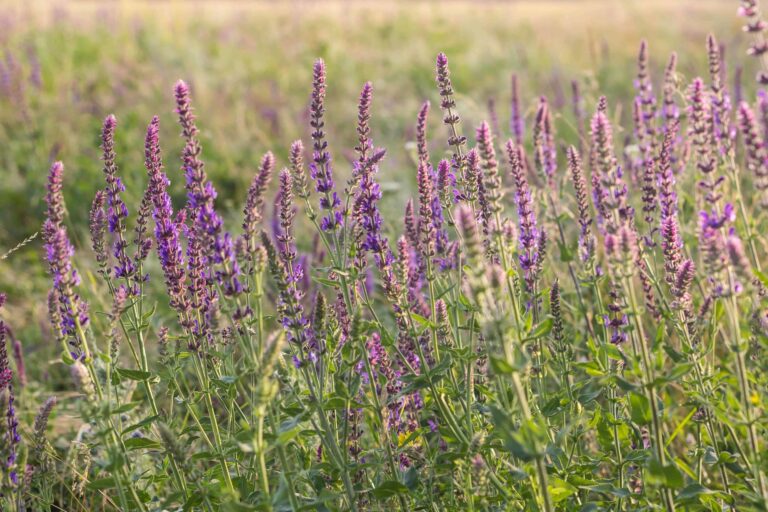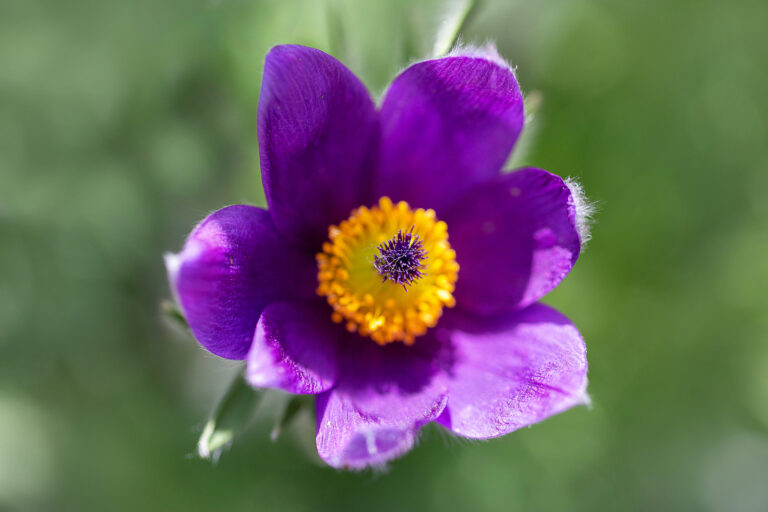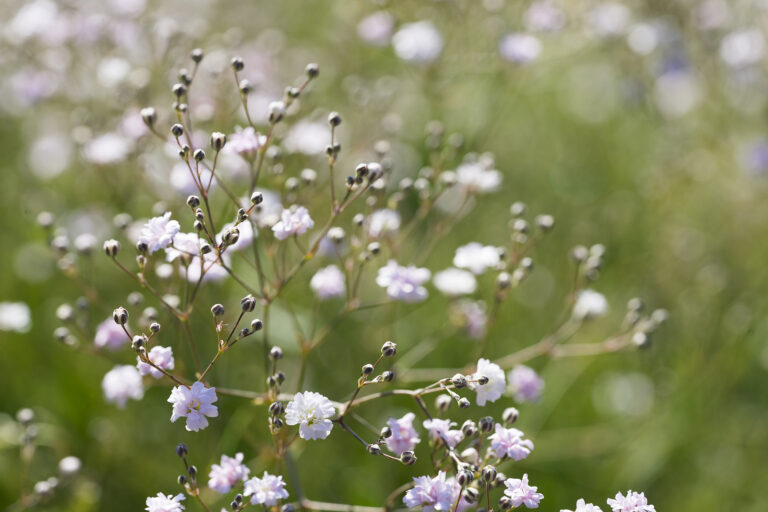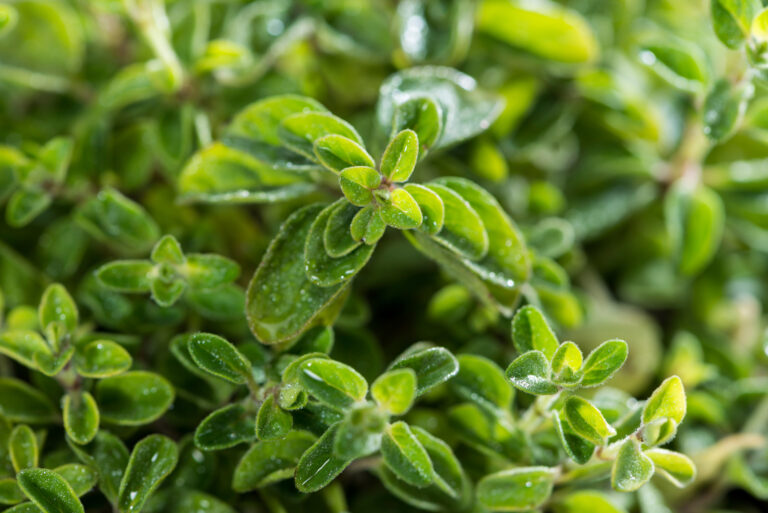How to Plant and Grow Snap Beans for a Productive Harvest
Over the years, I’ve learned that snap beans are one of the easiest and most rewarding crops to grow in a home garden. Whether you’re planting compact bush beans or climbing pole beans, they’re fast-growing, highly productive, and don’t require heavy feeding. I’ve grown snap beans in raised beds, containers, and traditional garden rows, and each method has its own advantages depending on your space and growing conditions.
Bush beans are perfect for quick harvests, producing tender pods in just 50 to 60 days. They don’t need support, making them an excellent choice for small spaces or beginner gardeners. Pole beans, on the other hand, require a trellis or poles to climb but yield continuously over a longer period, making them a great choice if you want an extended harvest. I’ve found that mixing both types in my garden ensures a steady supply of beans throughout the season.
Proper planting and care are key to maximizing your harvest. Below, I’ll walk you through everything I’ve learned about when and how to plant bush and pole snap beans, the best ways to water and fertilize, and how to keep your plants producing for months. Whether you’re growing in garden beds, containers, or vertical trellises, this guide will help you cultivate a bountiful crop of fresh, flavorful beans.
- How to Plant and Grow Snap Beans for a Productive Harvest
- A Guide to Growing Snap Beans in Containers
- Types of Beans for Home Gardens
- Snap Bean Seed Starting Tips
- Snap Bean Varieties: Which One Should You Grow?
- Harvesting, Storing, and Cooking Snap Beans: A Gardener’s Guide
- The Ultimate Guide to Growing Beans: From Planting to Harvest
- Common Bean Pests and Diseases: What Every Gardener Should Know
Planting bush snap beans
Bush beans can be planted in single rows–create a shallow furrow and sow a seed every 3 to 4 inches; in double rows–create two shallow furrows 4 inches apart and set seed every 3 to 4 inches in each row (set your soaker hose between the two rows); wide rows–create a row or planting bed 15 to 18 inches wide and sow seed 3 to 4 inches apart in all directions across the wide row setting each seed one inch deep. Raised beds can be planted in wide rows or double rows.
Bush bean planting Pro Tips:
- Sow the first row of bush snap beans about a week after the last frost in spring.
- Presoak bean seeds for 1 to 4 hours in just lukewarm water before you plant them.
- Plant bush snap beans 1 inch deep and 3 to 5 inches apart. Space rows 12 to 24 inches apart.
- A half pound of seeds will plant a 50-foot row.
- Plant bush beans in containers at least 12 inches deep with 6 inches between plants; germination occurs in 7 to 14 days.
- Sow succession crops of bush snap beans every 10 days through the spring.
Planting pole snap beans
Pole beans grow easily on 1- or 2-inch diameter poles with rough surfaces–for easy climbing. Use poles no higher than 6 to 7 feet for ease at harvest time–you can use taller poles but then you’ll need a ladder at harvest time. Pole beans will climb to the top of the pole and then head back down, so a 4 or 5-foot pole works best for most people. Sow 5 or 6 beans around each pole one inch deep; later thin to the strongest 3 or 4 plants per pole. To get started the beans started, train the vine tendrils up the pole.
Pole beans are heavy producers for the relatively small area of garden space they require.
Choose a spot in full sun, loosen the soil to a depth of 1 foot, and add a 4-inch layer of aged compost or organic soil amendment—but not manure (beans produce their own nitrogen).
Plant 5 seeds around the base of 8-foot poles. Space the poles 3 feet apart. Set each seed 1 inch deep with the eye or scar facing down. If your garden is in a windy spot, create a tripod—three poles, buried at the bottom and crossed half to two-thirds from the top (for easy harvesting).
Pole beans will be ready for harvest 10 to 11 weeks after sowing. Beans are ready for picking and the tastiest when the seeds swell and just become visible in the pod. Pick beans consistently to keep your crop producing. Pole beans will keep producing until they are knocked back by frost.
Pole bean planting Pro Tips:
- Plant pole snap beans in early summer, a few weeks after the last frost; pole snap beans are more sensitive to cold than bush snap beans.
- Plant pole beans in a straight row at the base of a trellis or other support, or group a few seeds at every pole it planting a bean tripod or other supports.
- Plant pole snap beans 1 inch deep and 4 to 6 inches apart. Space rows 24 to 36 inches apart.
- A half pound of seeds will plant a 50-foot row.
- Pole beans grow well in containers; set a trellis or other support in place at sowing time. Use a container that can support a trellis and a large plant.
- Water deeply after sowing beans; you won’t need to water again until the seedlings emerge—unless the soil dries out. Once the plants emerge keep the soil moist and protect seedlings from birds and snails.
- When plants are 3 to 4 inches tall thin to the strongest three on each pole. Help each seedlings begin to wind around the pole.
Succession cropping beans
Make three or four bean plantings at two- or three-week intervals for an uninterrupted supply of fresh beans. For a late crop, sow seed five or six weeks before the first fall frost date.
Watering snap beans
Keep beans evenly watered during germination and flowering. Water beans gently to a depth of 4 to 6 inches (stick your finger in the soil to check). Even watering is very important during pod development. Conversely, overwatering can cause beans to drop their pods. Water at the base of plants; overhead watering can spread diseases. Avoid touching plants when the leaves are wet. Water early in the day to reduce evaporation. A bit of wilting in the afternoon does not mean plants are underwatered; if plants are wilted in the morning, water them immediately.
Water beans lightly after they emerge from the ground; increase watering when beans flower and give them the most water as harvest nears; let the soil just dry out between waterings.
Snap bean watering Pro Tips:
- Grow beans in soil that is evenly moist. Give bean plants 1 to 1½ inches (2.5-3.8cm) of water each week.
- Do not soak seeds in advance of planting and do not over-water after sowing. Bean seeds may crack and germinate poorly if the soil moisture is too high at sowing.
- Keep the soil evenly moist during flowering and pod formation. Beans in dry soil will not flower or set pods. Beans in constantly wet soil will suffer root rot.
- Rain or overhead irrigation during flowering can cause flowers and small pods to fall off. Overhead watering also will leave beans susceptible to disease.
- Mulch to conserve moisture once the soil temperature is greater than 60°F (15.6°C).
Feeding snap beans
Beans are light feeders. A well-composted planting bed will provide all the nutrients bush beans need. Additional fertilizers are not necessary for bush beans. However, pole beans will appreciate an extra boost when pods form. Give pole beans a side dressing of compost tea when pods form. If you are unable to compost the planting bed, mix a nitrogen light fertilizer such as 5-10-10 into the top 2 to 3 inches of soil just before planting. Follow the fertilizer directions or spread about 3 pounds of fertilizer per 100 square feet Phosphorus will promote strong roots and potassium will help beans bear fruit and resist disease.
Snap bean fertilizing Pro Tips:
- Avoid using green manures or nitrogen-rich fertilizers in advance of planting beans.
- Beans are best fertilized with aged garden compost or commercial organic planting mix.
- Both are rich in plant nutrients.
- Beans fix their own nitrogen; they set up a mutual exchange with soil nitrogen-fixing bacteria which produces the soil nitrogen beans require.
- Fertilizing beans with a nitrogen-rich fertilizer will result in green leafy growth and few pods.
Books to help you grow:

